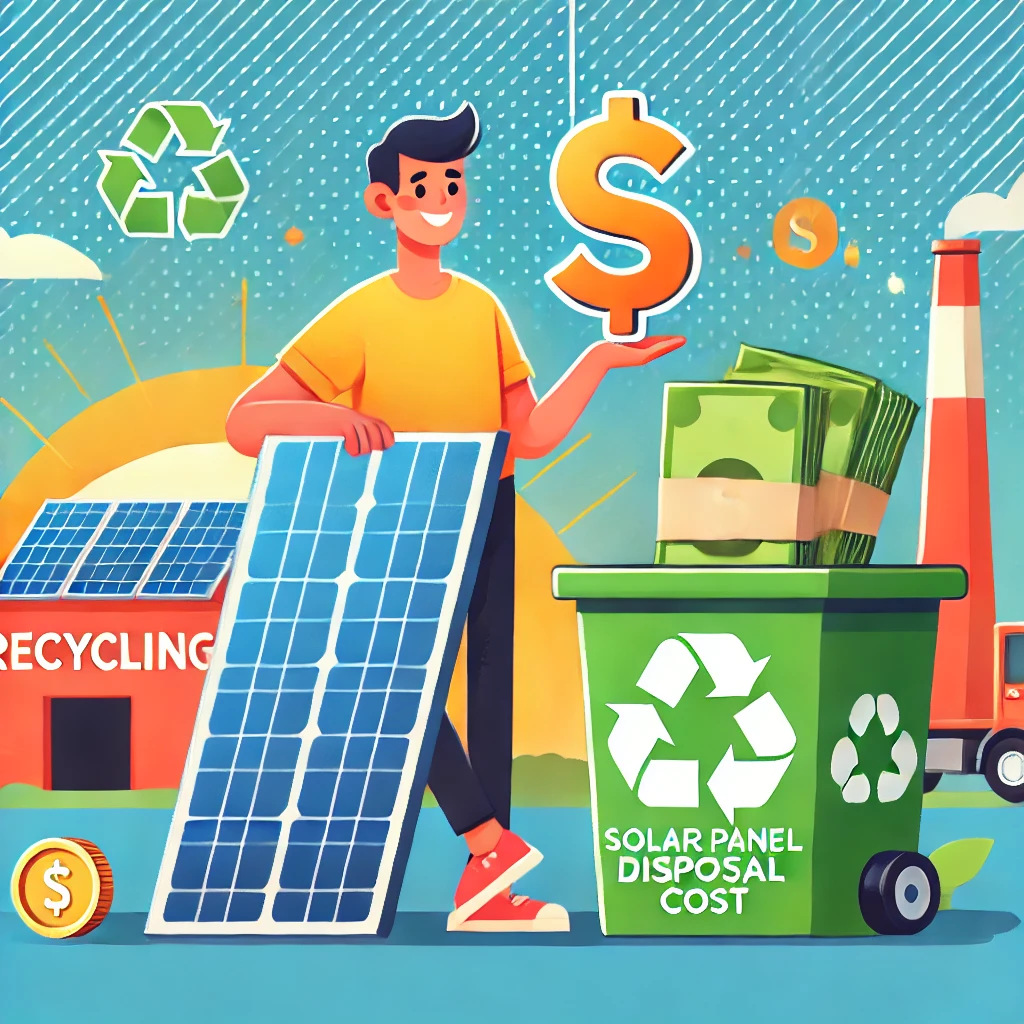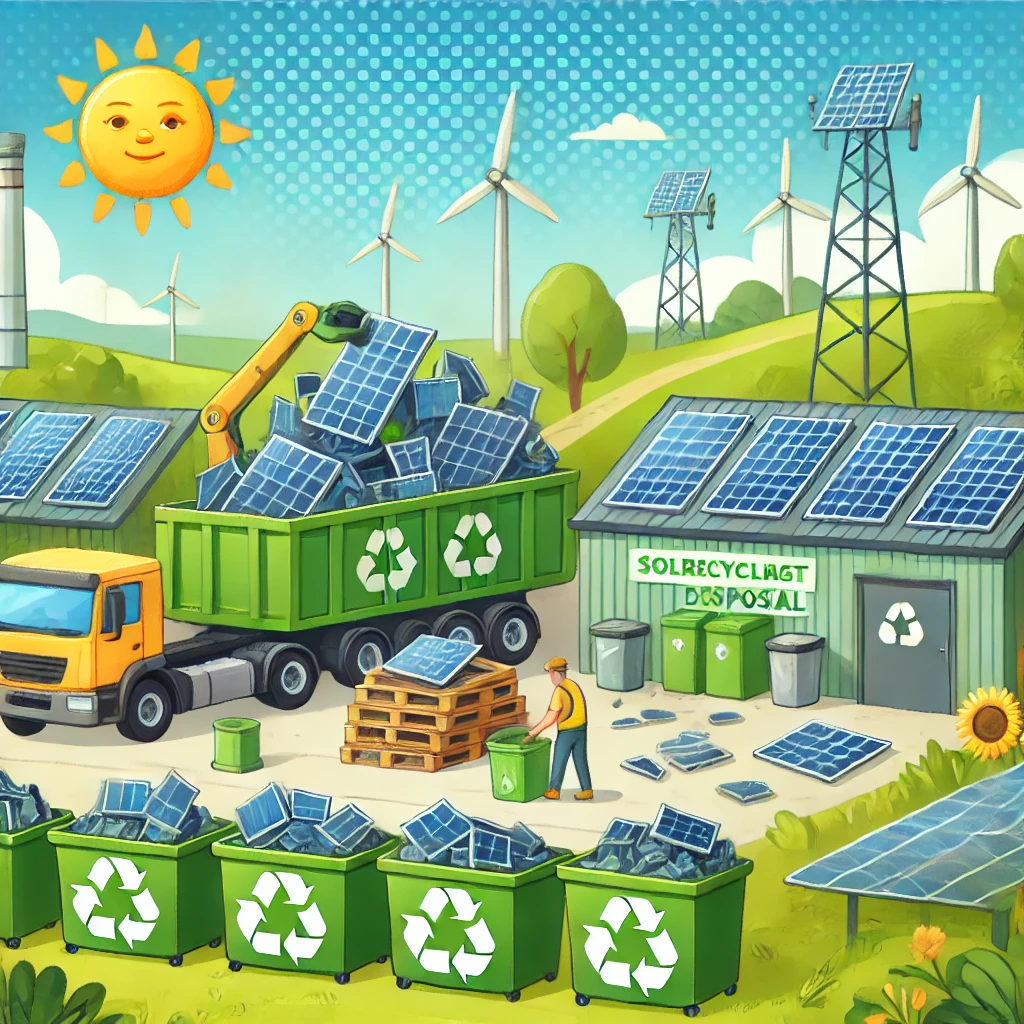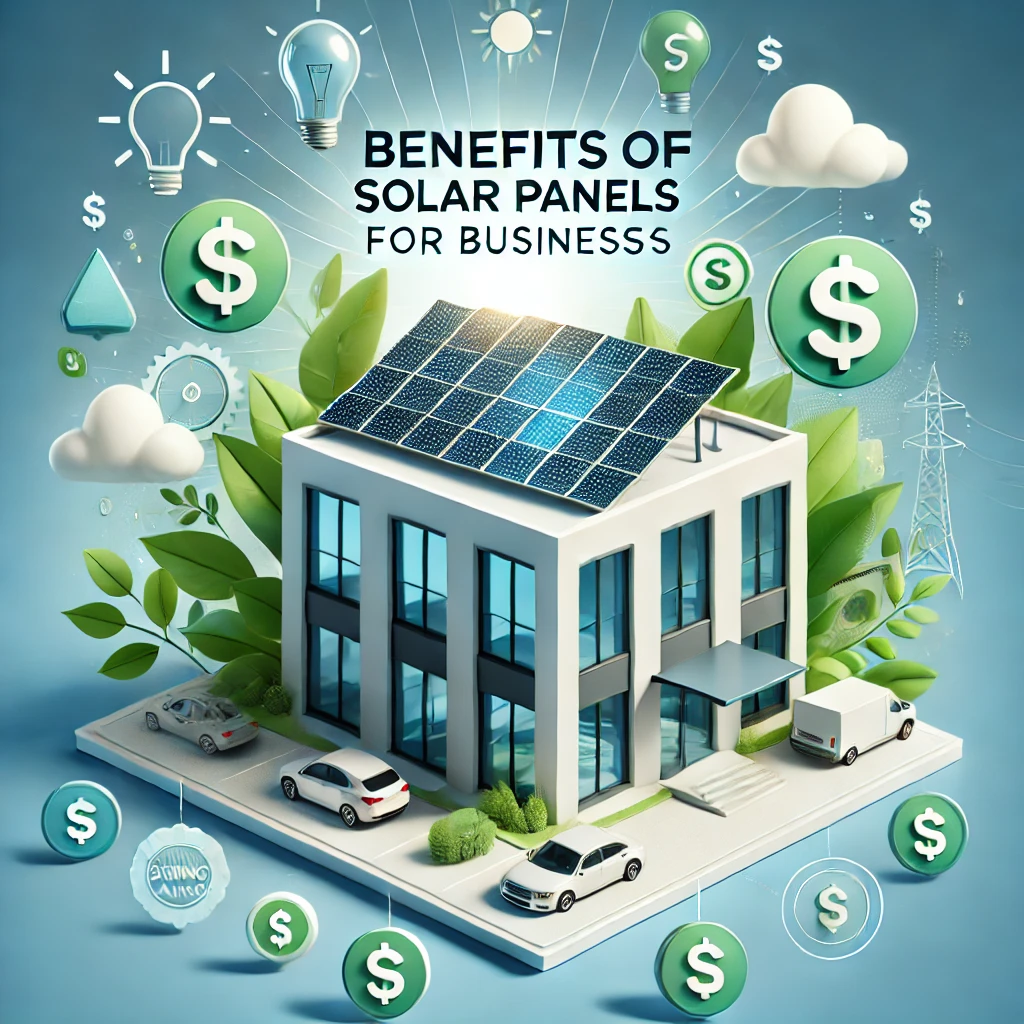As more homes and businesses switch to solar energy, a new question is starting to pop up: What do you do when those solar panels reach the end of their life? Solar panels typically last 25-30 years, but once they’re done producing energy, getting rid of them isn’t as simple as tossing them in the trash. That’s where solar panel disposal comes in—and yes, it can come with a price tag. But don’t worry! We’re here to break down everything you need to know about solar panel disposal costs, so you can plan ahead and keep things eco-friendly without breaking the bank.
Why Should You Care About Solar Panel Disposal?
Sure, solar panels are awesome for the environment while they’re working, but once they’re out of commission, improper disposal can do more harm than good. Solar panels contain valuable materials like silicon and silver, but they can also have hazardous substances like cadmium and lead. That’s why tossing them into a landfill isn’t just wasteful—it can be harmful, too.
Here’s Why Responsible Disposal Matters:
- Protecting the Environment: Keeps harmful chemicals out of our soil and water.
- Recycling Valuable Materials: Lets us reuse precious resources instead of mining for more.
- Following the Rules: Many places have strict laws about how to properly dispose of solar panels—and ignoring them can mean hefty fines.
What Affects the Cost of Solar Panel Disposal?
So, how much does it actually cost to get rid of old solar panels? Well, that depends on a few different things. Let’s dive into the key factors that can influence the final bill.
1. Type of Solar Panels
- Silicon-Based Panels: These are the most common and generally easier (and cheaper) to recycle.
- Thin-Film Panels: These panels contain more hazardous materials, which means they cost more to recycle because of the extra safety steps involved.
2. How Many Panels You’re Disposing Of
- Single Panels vs. Bulk Disposal: Getting rid of just one or two panels might cost more per panel compared to disposing of a whole batch at once.
- Panel Size: Bigger panels might mean bigger disposal fees, especially when it comes to transportation.
3. Where You’re Located
- Distance to Recycling Facilities: The closer you are to a recycling center, the cheaper your transportation costs will be.
- Special Transport Needs: If your panels contain hazardous materials, you might need special (and more expensive) transport services.
4. How You Choose to Dispose of Them
- Landfilling: This might seem like the cheapest option, but it’s bad for the planet and often comes with regulatory fees.
- Recycling: Costs more upfront but is better for the environment and lets you recover valuable materials.
- Manufacturer Take-Back Programs: Some solar companies will take back old panels for free or at a reduced cost—it’s worth checking!
The Numbers: What Does Solar Panel Disposal Really Cost?
Alright, let’s get down to the nitty-gritty. Here’s a rough idea of what you might expect to pay when it’s time to say goodbye to your solar panels.
1. Recycling Costs
- Standard Silicon Panel Recycling: $15 to $45 per panel.
- Thin-Film (Hazardous) Panel Recycling: $50 to $150 per panel due to special handling requirements.
2. Transportation Costs
- Local Transport: Around $0.10 to $0.50 per mile.
- Specialized Hazardous Material Transport: $1 to $3 per mile.
3. Landfill Costs (Not Recommended!)
- Basic Disposal: $1 to $5 per panel, but keep in mind this isn’t eco-friendly and might even be illegal in some places.
- Hazardous Waste Landfill: $30 to $100 per panel.
4. Manufacturer Take-Back Programs
- Cost: Sometimes free or significantly cheaper if your manufacturer offers this service—definitely check with them first!
How to Save Money on Solar Panel Disposal
Nobody wants to spend more than they have to, right? Luckily, there are some smart ways to cut down on disposal costs without cutting corners on sustainability.
1. Look into Manufacturer Recycling Programs
Many solar panel manufacturers have take-back programs where they’ll handle the recycling for you—sometimes for free! It’s always worth reaching out to see what options are available.
2. Dispose of Panels in Bulk
Got a bunch of panels to get rid of? Many recycling companies offer bulk discounts, so the more you recycle at once, the less it costs per panel.
3. Find a Local Recycling Facility
Keeping it local can save you big on transportation fees. Use online directories or contact your local waste management office to find nearby facilities.
4. Give Your Panels a Second Life
If your panels still produce some energy, consider selling them to a secondary market or using them for less energy-intensive purposes. It’s a win-win: you save on disposal costs and someone else gets affordable solar power.
Rules and Regulations: What You Need to Know
Depending on where you live, there might be specific rules about how to dispose of solar panels. Ignoring these regulations can lead to fines, so it’s important to stay informed.
Key Regulations to Watch For:
- Extended Producer Responsibility (EPR): Some areas require manufacturers to handle the disposal of their products.
- State and Local Laws: Rules can vary, so check with your local authorities to make sure you’re compliant.
- International Guidelines: If you’re outside the U.S., countries like those in the EU have strict recycling requirements under the WEEE Directive.
What Does the Future Hold for Solar Panel Disposal Costs?
As the solar industry continues to grow, so do the options for panel disposal. The good news? Costs are expected to come down as recycling technology improves and more facilities open up.
Trends to Keep an Eye On:
- Better Recycling Technology: New methods will make recycling more efficient and less expensive.
- More Recycling Facilities: As more centers open up, competition will drive prices down.
- Government Incentives: Some policies might offer subsidies or rebates to make recycling cheaper.
Wrapping It Up
Solar panel disposal might not be the most glamorous part of going green, but it’s a crucial one. By understanding the costs and exploring your options, you can make sure your old panels are disposed of responsibly—without draining your wallet. Whether you’re recycling, repurposing, or using manufacturer programs, there are plenty of ways to keep both the planet and your budget in good shape.
So, when the time comes to retire your solar panels, you’ll know exactly what to do—and how to do it affordably!



